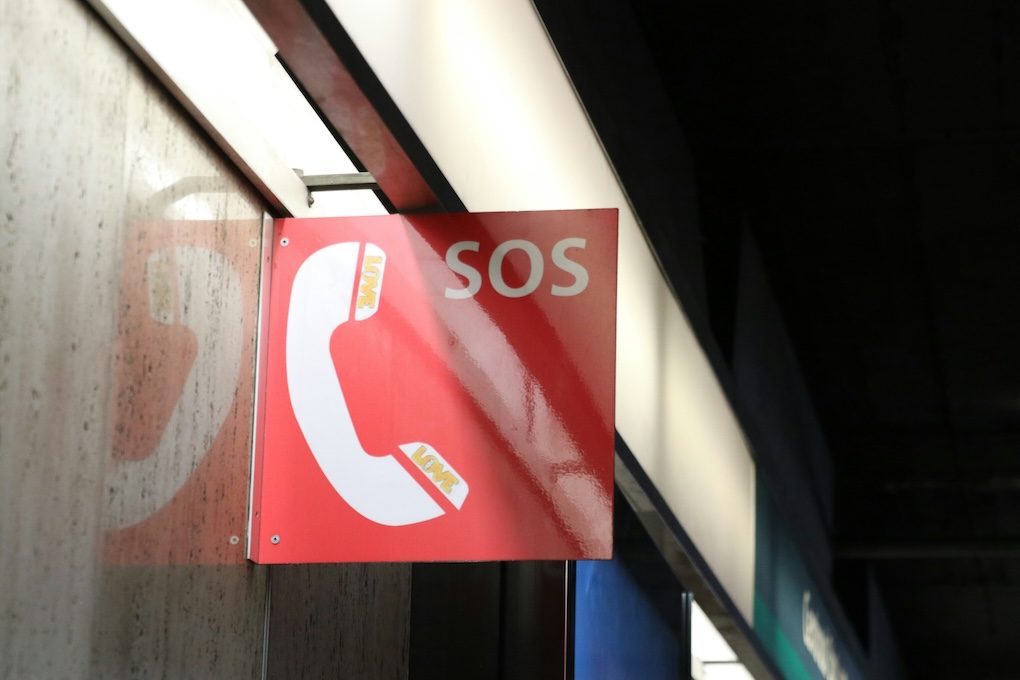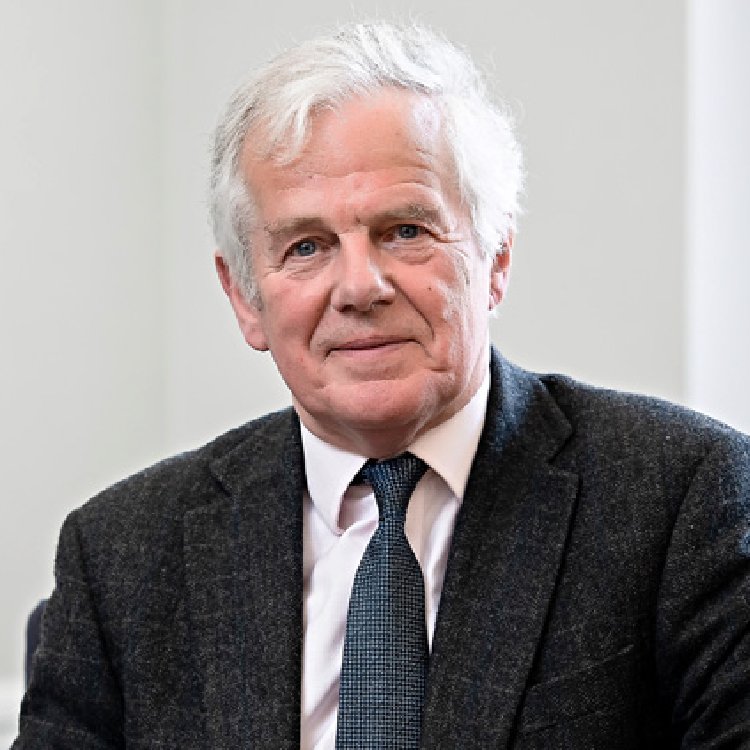May Day, Mayday… four months of market turbulence and more to come?

May 1st – May Day – also the international distress signal – feels like a good time to look back over what has been an extraordinary year, and not in a good way.
Tariffs and trade wars
In the US, the S&P 500 has seen a fall of 5.1% in response to Trump’s tariffs and America’s so-called ‘trade war’ with China. Nonetheless, despite being a continuation of a downtrend that started in late 2024, it serves to remember that in the scheme of things, this remains a small dent in the 97% gain of the last five years rather than the dramatic crash the media likes to peddle. Unsurprisingly, underperformance was concentrated in the ‘Magnificent Seven’ tech stocks, which fell 15%.
European markets and UK credibility
Meanwhile, closer to home, European markets have shown more resilience. The Euro Stoxx index rose by 7.2%, and the FTSE 100 also saw a small gain of 2.9%. The UK has continued to lag behind other major markets, marked out as the poorest performing over three and five years. The FTSE Mid 250 and AIM All-Share both fell during the first four months of the year (3.1% and 4%) courtesy of the specific challenges and uncertainties facing the UK economy, including its continued credibility problems around its fiscal stance.
Currency and interest rate considerations
In the bond markets, after a period when only US rates were falling (the US 10 year yield dropped from 4.45% to 4.16%), the realisation that the trade war will lead to a global slowdown and with it an assumption that central banks will cut rates sooner and faster than previously anticipated has fed through to UK 10 year rates being a touch below where they started the year (4.44% vs 4.57%), Bonds which spiked up in March are also almost back to the January level.
Simultaneously, Sterling, along with the Euro and the yen, have strengthened against the US dollar. Altogether, the continuous currency movements serve as a reminder of both the challenges and opportunities that come with investing in global markets. Having almost reached parity with the dollar in 2022, a pound now buys $1.33.
Golden opportunity
One asset that has stood out is gold, which surged by 22.7%, in dollars- outperforming all major stock markets in both the past year and the last three years, even adjusting for the weak dollar. It is typically seen as a safe-haven asset during times of economic or political uncertainty, and that certainly seems to be the case now. For an interesting take on the gold price do see the latest Bond Vigilantes piece, which concludes that “Gold is the talisman of fear”.
Tech-tonic plates
Beyond the market figures alone, a catalogue of global events (even ahead of Liberation Day on 2nd April) are likely to have a lasting impact on the investment landscape. President Trump’s ‘Art of the Deal’ has shown no signs of being applicable to ending international conflicts, whilst China’s unveiling of DeepSeek AI created something of a ‘Sputnik shock’ for the US tech sector, wiping $1tn off US stocks at its launch in January. This has been compounded by other factors, not least BYD outselling Tesla and announcing that their Q1 net income doubled in their latest milestone, together suggesting a potential shift in the global technological landscape.
Military movements
Significant policy changes in Europe – such as Germany’s substantial fiscal package, the EU’s coordinated effort to increase defence spending, and the UK’s parallel move, partly funded by reallocating overseas aid – have signalled a global shift towards increased military expenditure. If the decades after the fall of the Berlin Wall were boosted by the peace dividend, the West has gone somewhat ex-dividend for the foreseeable future. This indicates that we are retreating into a world with less free trade and consequently less growth. Of course, there will be some winners but the overall economic impact will be more negative than positive.
What’s next for investors?
While the assumption of some pundits is that we are going to see a relatively rapid return to strong equity markets, and that in the long term equities will always win out, that does not seem particularly convincing. The Chancellor’s new favourite mantra, “the world has changed’ – as is its wont – is a useful investment touchstone.
In such a volatile environment, it makes sense to control risk, whilst not entirely abandoning the potential for a market recovery. A structured bond portfolio, to lock in the relatively high yields currently on offer, and benefit from the potential for central banks to cut rates to avert economic downturns, needs to be a key element. Shares in companies that can ride out hard times- or which are oversold and have the potential for a major bounce-back, should be looked for, or ETFs for those not interested in stock-picking.
There is also a place in this environment for simple structured products that protect against downside risk by sacrificing some of the potential upside, with so-called caps and collars. The US presidential term is four years, and we are only 101 days into it, so hold on tight.













